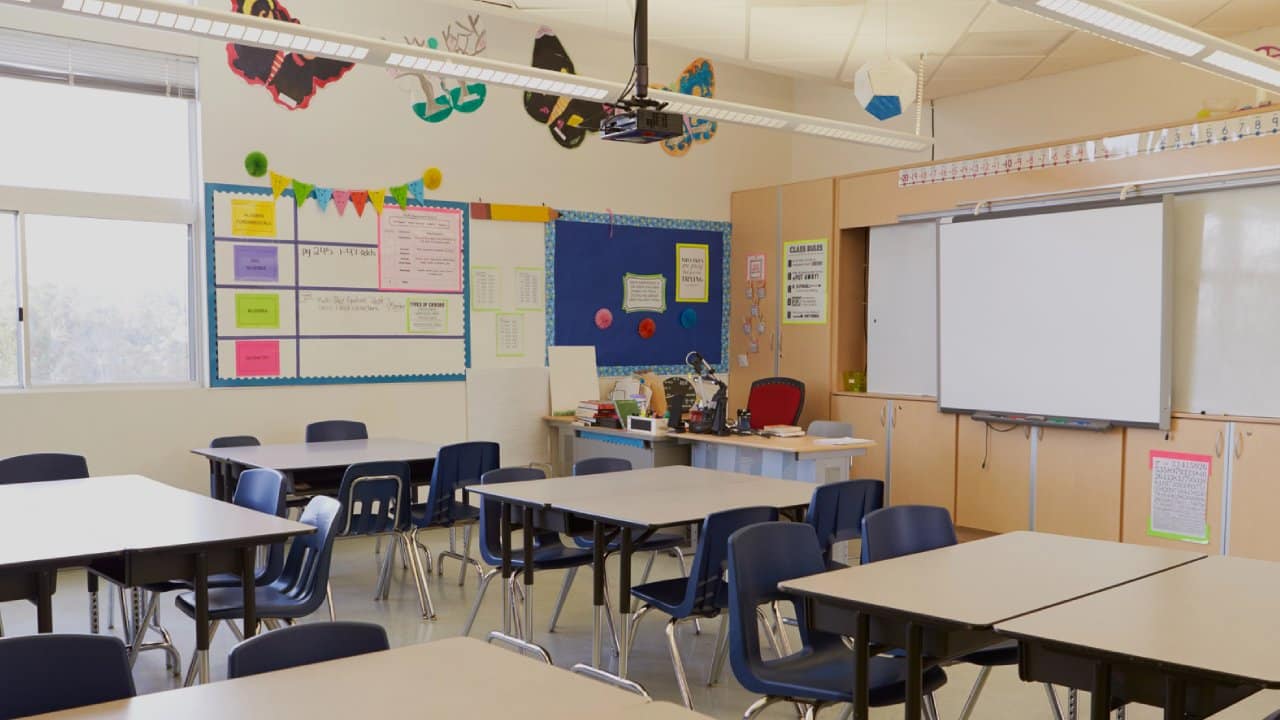
November 1, 2024
Most students in the same grade are around the same age, usually within a year of each other. There are exceptions, like when a student skips a grade or is held back, but generally, classmates are very close in age. What age corresponds with what grade? We’ve put together this handy table for you:
| Grade | Age |
| Pre-K | 4-5 years old |
| Kindergarten | 5-6 years old |
| 1st Grade | 6-7 years old |
| 2nd Grade | 7-8 years old |
| 3rd Grade |
8-9 years old |
| 4th Grade | 9-10 years old |
| 5th Grade | 10-11 years old |
| 6th Grade | 11-12 years old |
| 7th Grade | 12-13 years old |
| 8th Grade | 13-14 years old |
| 9th Grade | 14-15 years old |
| 10th Grade | 15-16 years old |
| 11th Grade | 16-17 years old |
| 12th Grade | 17-18 years old |
Ages of Students in Different Grade Levels
In the United States, the school system is typically divided into three main stages: elementary school, middle school, and high school. Elementary school covers grades 1-5, with students usually between the ages of 6 and 10. Middle school includes grades 6-8, for students aged 11 to 13. Finally, High school spans grades 9-12, with students typically aged 14 to 17.
Elementary School
Elementary school is the first stage of the school system, covering grades 1-5. Students in this stage are usually between 6 and 10 years old. These are the ages that correspond to each grade in elementary school.
1st Grade: 6-7 years old
2nd Grade: 7-8 years old
3rd Grade: 8-9 years old
4th Grade: 9-10 years old
5th Grade: 10-11 years old
Middle School
After elementary school comes middle school which is sometimes called junior high school. It generally covers grades 6-8 and includes students typically between the ages of 11 and 13. Middle school offers more advanced classes in subjects like math, science, and language arts. This is also where schools begin to offer clubs and sports. It is also common for students to have lockers for the first time in middle school.
6th Grade: 11-12 years old
7th Grade: 12-13 years old
8th Grade: 13-14 years old
High School
High school is the final stage in the United States school system, covering grades 9-12 and including students typically between the ages of 14 and 17. This is where classes get more advanced and a student’s academic performance and extracurriculars matter for college placement. In sophomore year, students will typically turn 16 and start driving. Students usually turn 18 around the time they graduate, so the end of school coincides with the beginning of adulthood. Here are the ages that correspond to each grade in which school:
9th Grade (Freshman): 14-15 years old
10th Grade (Sophomore): 15-16 years old
11th Grade (Junior): 16-17 years old
12th Grade (Senior): 17-18 years old
Birthday Cutoffs For School
Since the academic school year does not line up with the calendar year, schools have a cutoff date for enrolling students in a grade. Each state sets its own age cutoff for when kids can start school, which helps decide if your child is ready for the grade level that matches their age. While the actual date differs between states, it is usually in August, September, or October to align with the start of the school-year. Some districts also offer flexibility for kids who miss the cutoff but are found to be ready for school, and many offer special programs to help kids who may need a little extra time before starting full-time classes.
Skipping and Repeating Grades in School
When students skip a grade or need to repeat a grade, it changes their age compared to their classmates, which can impact their school experience in different ways. For students who skip a grade, they might be a year or more younger than their classmates, which can mean they are at a different level in terms of social or physical development, even if they’re ready academically. On the other hand, students who repeat a grade will be older than their classmates. It’s important for parents to consider their child’s readiness in all areas—academic, social, and emotional.

 PARENTING TIPS
PARENTING TIPS PREGNANCY
PREGNANCY BABY CARE
BABY CARE TODDLERS
TODDLERS TEENS
TEENS HEALTH CARE
HEALTH CARE ACTIVITIES & CRAFTS
ACTIVITIES & CRAFTS

